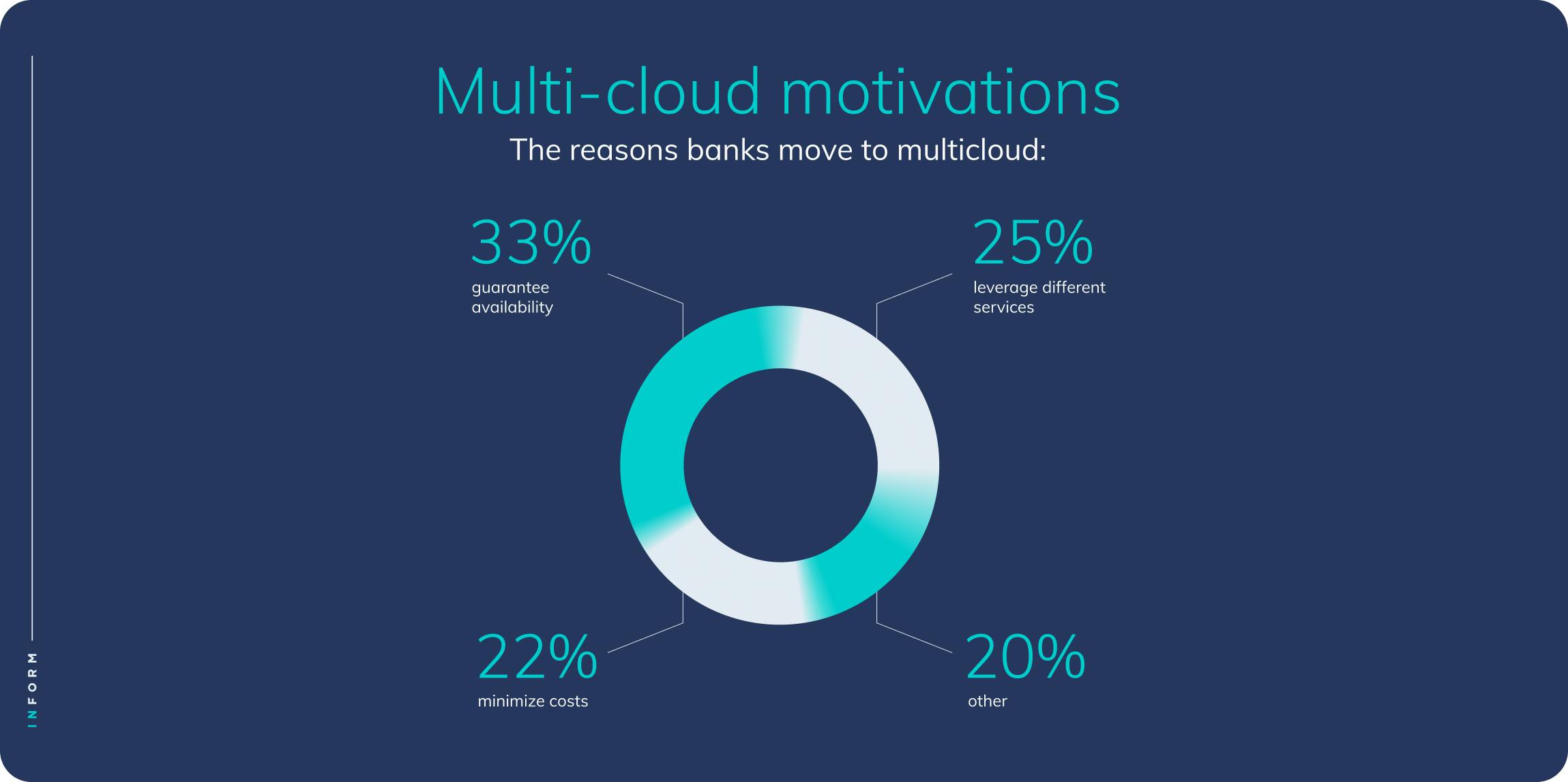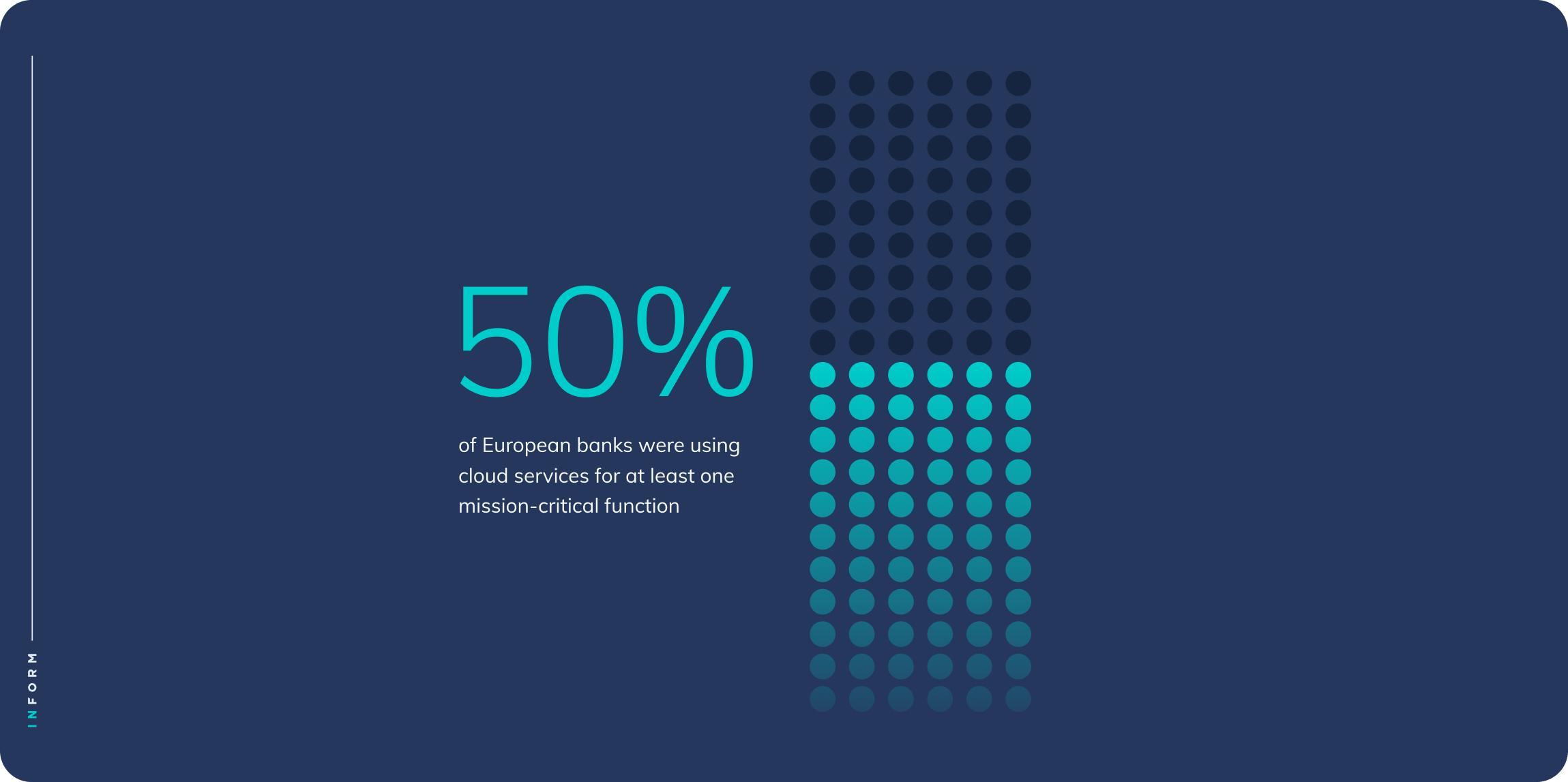8 Steps to Achieve Success with Cloud Optimisation
Table of contents
Blog· 3min March 24, 2023
Discover the top 8 essential steps to achieve success with cloud optimisation, from owning your transformation to establishing a modern culture. Learn how to maximise the value of your cloud investments and drive digital transformation in your organisation.
Maximising Your Cloud Migration
This year's Financial Cloud Summit 2023 was hosted earlier this month in London. As leaders within the industry took to the stage to discuss the ways in which cloud is being utilised in the financial services, it was still a question to many as to why many are still hesitant to migrate their core business-critical workloads in payments, clearing and settlement to the cloud. With frameworks being proposed as to how to make cloud optimisation work, we at Form3 have put together our own take on how financial institutions can maximise the value of your cloud investments and drive your organisation towards digital transformation.
1. Own and Master Your Transformation
Taking charge of your cloud transformation is crucial in ensuring its success. Analysis, planning, and execution are essential to ensure the strategy aligns with your payment goals and future roadmap. This includes:
- Identifying the key drivers for your cloud adoption
- Assessing your current infrastructure and determining the necessary changes
- Establishing clear, measurable outcomes and KPIs
- Developing a roadmap that outlines the steps and milestones of your cloud journey
- Engaging stakeholders and securing buy-in from all levels of the organisation
By owning and mastering your transformation, you can ensure that your cloud initiatives are well-planned and executed, ultimately leading to increased efficiency and cost savings.
2. Take a Conscious Multi-Cloud Approach
A multi-cloud strategy allows your organisation to run a single platform across multiple cloud providers with full data consistency across the providers.
Integrating services across multiple cloud providers in a single cluster ensures seamless operation, as all services are deployed from a common code base. This approach allows customers to load balance requests across cloud providers at all times, eliminating uncertainty regarding the operational state of the infrastructure within each provider. As a result, the platform becomes more resilient and reliable.
Furthermore, by spanning services across cloud providers and availability zones within each provider, the platform can withstand the loss of an entire cloud region or provider. In the event of a failure, requests are automatically re-sent to the endpoint in the alternative cloud, without the need for manual intervention. Additionally, real-time data consistency across cloud providers guarantees that the state of the data remains unaffected by the loss of a cloud provider or region, ensuring uninterrupted access to crucial information and services. To adopt a successful multi-cloud approach:
- Assess the strengths and weaknesses of each cloud provider, and identify the services that best align with your business needs
- Implement a robust multi-cloud management platform to simplify the orchestration of workloads across different providers
- Establish clear governance policies to ensure consistent security and compliance across all cloud environments
- Continuously monitor and optimise your multi-cloud infrastructure to maximise cost efficiency and performance
By taking a conscious multi-cloud approach, your organisation can benefit from increased agility, reduced vendor lock-in, and improved resilience.

3. Take a Platform Approach to Scale Your Digital Productivity
A platform-centric approach offers a framework comprising best practices and proven patterns that have been successful across multiple organisations. The platform serves as a foundation, providing essential capabilities and features to optimise and innovate within a cloud-native environment. In order to accomplish this, keep these points in mind:
- Identify the core platforms and technologies that will support your cloud transformation, such as Infrastructure-as-a-Service (IaaS), Platform-as-a-Service (PaaS), and Software-as-a-Service (SaaS)
- Develop a thorough understanding of each platform's capabilities and limitations, and ensure that they align with your organisational goals
- Implement a robust cloud platform management strategy, including governance, monitoring, and optimisation processes
- Train your employees to effectively utilise the platforms and technologies to maximise their productivity
By taking a platform approach, you can ensure that your organisation has the necessary tools and infrastructure to support scalable, agile, and efficient operations.
4. Embrace Low-Code and SaaS
Low-code development and SaaS solutions can play a crucial role in enhancing your cloud optimisation efforts. To integrate these technologies into your cloud strategy, consider the following steps:
- Evaluate various low-code platforms and SaaS solutions, focusing on those that align with your organisation's needs and objectives
- Implement low-code development practices to streamline application development and deployment, reducing time-to-market and minimising manual effort
- Adopt SaaS solutions to replace or supplement traditional on-premises applications, taking advantage of their scalability, flexibility, and cost-efficiency
- Train your employees to effectively use low-code tools and SaaS applications to maximise their productivity and collaboration
By embracing low-code and SaaS, your organisation can drive innovation, accelerate digital transformation, and reduce IT complexity.

5. Be Driven by Data, Insights, and Observability
Data-driven decision-making is essential for successful cloud optimisation. To harness the power of data, insights, and observability:
- Implement tools and methodologies to collect, store, and analyse cloud data, including infrastructure metrics, application performance, and user behaviour
- Leverage machine learning and artificial intelligence to generate actionable insights and identify trends, patterns, and anomalies
- Establish a culture of data-driven decision-making, encouraging employees to utilise data and insights in their daily work
- Continuously monitor and optimise your cloud infrastructure based on data-driven insights, ensuring that your environment is always performing at its peak
By being driven by data, insights, and observability, your organisation can make informed decisions, reduce operational inefficiencies, and improve the overall performance of your cloud infrastructure.
6. Embrace Modern Security Practices
Robust security measures are vital to protecting your organisation's data and applications in the cloud. To implement and maintain a strong security posture:
- Adopt a security-by-design approach, incorporating security considerations into every stage of your cloud initiatives, from planning and architecture to deployment and maintenance
- Implement a unified security management platform to monitor, detect, and respond to threats across all cloud environments
- Stay up-to-date with the latest security best practices, technologies, and regulatory requirements
- Train your employees to recognise and respond to security threats, fostering a culture of security awareness and vigilance
By embracing modern security practices, your organisation can safeguard its valuable assets and maintain customer trust.
7. Automate, Codify, Software Engineer Wherever Possible
Automation, codification, and software engineering can significantly enhance your cloud optimisation efforts. To take advantage of these practices:
- Identify repetitive, manual tasks that can be automated, such as provisioning, configuration management, and monitoring
- Implement automation tools and frameworks, such as Infrastructure-as-Code (IaC) and Configuration Management tools, to streamline and standardise these tasks
- Encourage a software engineering mindset within your IT team, emphasising the importance of clean, maintainable code and a strong DevOps culture
- Continuously review and refine your automation and software engineering practices, ensuring that they remain up-to-date and effective
By automating, codifying, and software engineering wherever possible, your organisation can reduce human error, increase efficiency, and ensure consistency across your cloud environments.
8. Establish a Modern Culture and Operating Model
A supportive culture and effective operating model are critical components of successful cloud optimisation. To develop a modern culture and operating model:
- Foster a culture of collaboration, innovation, and accountability, where employees feel empowered to contribute ideas and take ownership of their work
- Encourage cross-functional collaboration and knowledge sharing, breaking down silos between departments and teams
- Implement agile methodologies and a DevOps mindset, promoting continuous improvement, rapid iteration, and a focus on customer value
- Regularly review and refine your operating model, adapting it to the evolving needs of your organisation and the fast-paced nature of the cloud landscape
By establishing a modern culture and operating model, your organisation can adapt quickly to changing market conditions, drive innovation, and maximise the benefits of cloud optimisation.
Conclusion
Moving to the cloud necessitates careful planning, but the benefits it can bring to payment solutions are undeniable. An increasing number of banks are exploring and transitioning to the cloud, with a growing interest in adopting a multi-cloud model. This model offers enhanced resilience and aligns with regulatory drivers that encourage banks to adopt a multi-vendor approach. As more and more banks embark on their cloud journey, it is crucial to have a clear roadmap, a skilled team, and a commitment to continuous improvement. By doing so, you can unlock the full potential of the cloud, paving the way for a more agile, efficient, and competitive business in the ever-evolving financial landscape.









 Back to News
Back to News